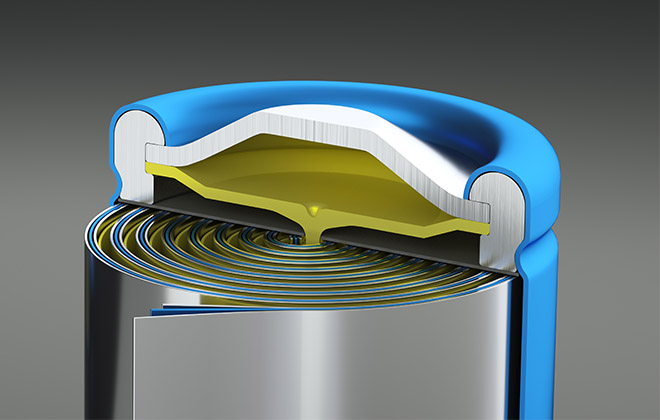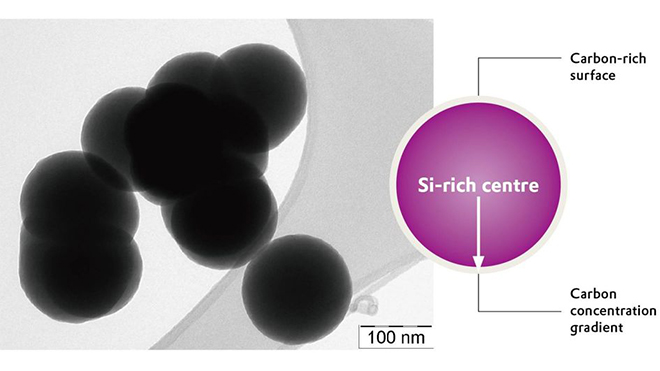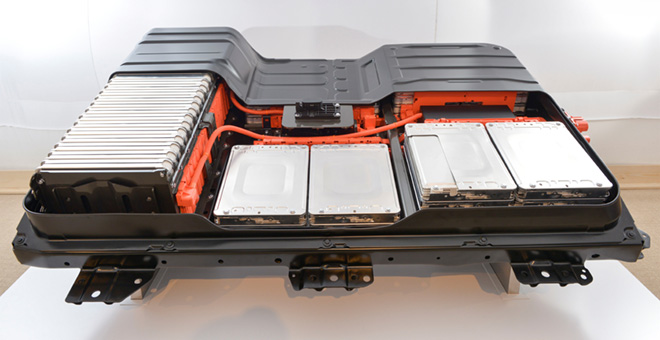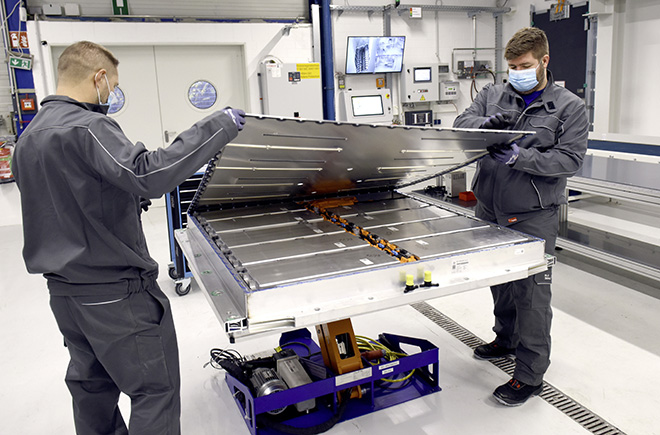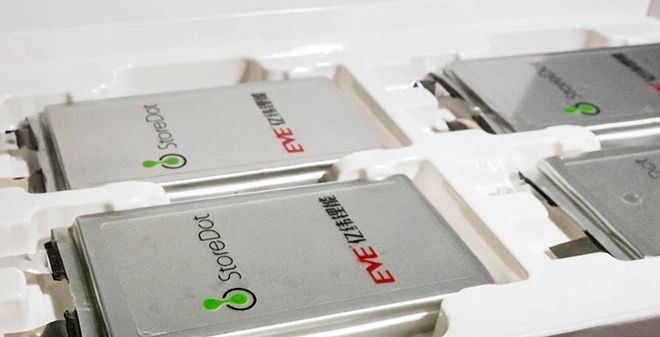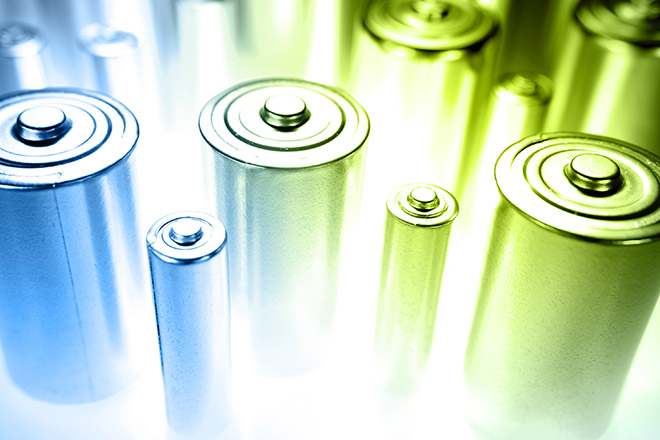GM has taken another step toward its vaunted all-electric future, unveiling what it says is a production version of the 2023 Cadillac Lyriq EV. Its design and specs appear to be pretty close to those of the original prototype that GM unveiled last year. The Lyriq will be the first vehicle to use GM’s new… Read more »
Search Results Found For: "graphite"
Wildcat develops new device to measure battery electrode thickness during cycling
Wildcat Discovery Technologies, a creator of high-throughput methods to rapidly design new battery materials, has developed a new Linear Displacement Measurement (LDM) Device that measures small thickness changes in pouch cells during cycling. Developed in partnership with BMW, Wildcat’s LDM capability allows new cell performance feedback as parts of projects with its collaboration partners. Measurements… Read more »
New paper shows atomic-scale closeups of how a lithium-metal electrode ages
Lithium-metal batteries, which use anodes made of lithium metal rather than graphite, could offer great improvements in energy density and weight. The DOE’s Battery 500 Consortium has set a goal of developing lithium-metal EV batteries with triple the energy density of today’s Li-ion cells. Now scientists at Stanford University and the SLAC National Accelerator Laboratory… Read more »
Evonik launches new silicon-carbon anode material
Evonik has introduced the silicon-carbon composite material Siridion Black as a new anode material for lithium-ion batteries, claiming that it increases energy density, and improves fast-charging capability and energy efficiency. “Until now, graphite has been used as an anode material in lithium-ion batteries, but batteries with a higher capacity need new materials that also allow… Read more »
Porsche announces a new fast charging network, battery innovations
Infrastructure remains a potent factor in EV adoption—the first questions asked by the EV-curious almost always have to do with the availability of charging. Tesla understood this from the beginning, and its Supercharger network has proven to be one of the company’s biggest competitive advantages. Now Porsche has taken a page from the Book of… Read more »
JB Straubel’s Redwood Materials inks recycling deal with Nissan’s battery supplier
Redwood Materials, the battery recycling venture founded by former Tesla CTO JB Straubel, has signed an agreement to recycle scrap and defective battery cells for Envision AESC, which manufactures batteries for the Nissan LEAF in Smyrna, Tennessee. Recycling batteries is not only environmentally sound, but it may soon become an economic necessity, as demand for… Read more »
VW begins battery recycling pilot
Volkswagen has opened its first EV battery recycling facility to recover raw materials such as lithium, nickel, manganese and cobalt in a closed loop, together with aluminum, copper and plastics, achieving a recycling rate of more than 90% over the long term. The unique feature of the plant in Salzgitter, Germany is that it only… Read more »
StoreDot releases samples of its “five-minute” EV battery
In 2015, Israeli battery developer StoreDot announced plans to enter the EV market with battery cells that it said could enable a 300-mile battery pack to be charged in 5 minutes. Now the company has launched engineering samples of its first-generation batteries that are designed to be manufactured at scale on traditional Li-lion production lines…. Read more »
Silicon anode nanostructure could increase battery capacity and lifespan
Image caption: In the first stage, the silicon film exists as a rigid but wobbly columnar structure. In the second stage, the columns touch at the top, forming a vaulted structure, which is strong due to arch action. In the third stage, further deposition of silicon atoms results in a sponge-like structure. The red dashed… Read more »
Sila Nanotechnologies raises $590 million in funding
Sila Nanotechnologies, a maker of battery materials, announced that it raised $590 million in Series F funding at a $3.3 billion post-money valuation. The new funding comes as the first Sila Nano-powered batteries prepare to ship in consumer devices and the company scales up production. Sila Nano will use the funds to develop a new… Read more »






